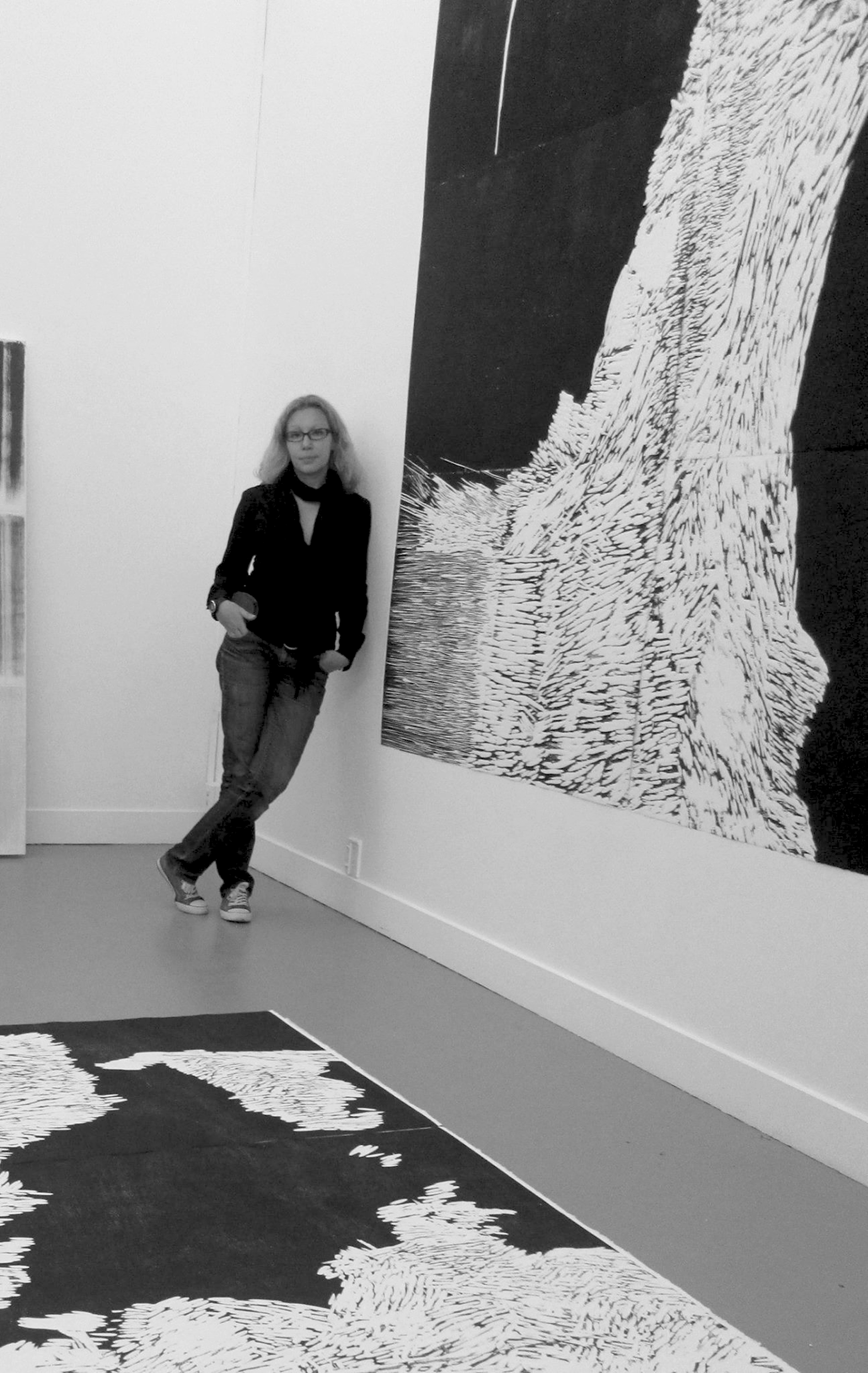Irena Keckes – Woodcuts
Exhibition
open 7 days 9.00am – 5.00pm
Irena Keckes is an artist and arts educator, currently based in Auckland, New Zealand. She was born in Croatia, where she gained BA in Art Education and Printmaking at the Academy of Fine Arts, University of Zagreb (2000). Irena earned Masters of Fine Arts in Printmaking from Tokyo University of the Arts (2005). Currently, she is completing PhD with Creative Practice at Elam School of Fine Arts, University of Auckland (2011- present).
As part of her doctoral research project integrating theory and practice, Irena has created large-scale woodcut prints, and researched the links among ecologically informed Buddhism, and non-toxic and expanded forms of print.
Her artwork has been exhibited internationally at eighteen independent, and numerous group exhibitions; these included the Tallinn Triennial of Drawing (2012), Kyoto Art Festival (2012, 2014) and International Mokuhanga Exhibition at Tokyo University of the Arts (2014).
She has been an artist in residence in Japan (2000) and Korea (2005), and an active member of several art associations including Croatian Association of Artists (since 2001) and Print Council of Aotearoa New Zealand (since 2014).
Irena presented an academic poster and portfolio at the Impact 8 International Printmaking Conference in Dundee (2013) and an academic paper at the 2ndInternational Mokuhanga Conference in Tokyo (2014).
As a Graduate Teaching Assistant at Elam School of Fine Arts, University of Auckland, she has been teaching Printmaking and Drawing academic projects to undergraduate students, since 2011.
My art has been informed by a strong desire to work in the media of print in particular within the field of contemporary, ecologically responsive printmaking. Over the past twelve years I have lived and worked in diverse scholastic, artistic and intellectual environments. Moving through the myriad of cultural worlds made an impact on my practice.
My recent research has been exploring if and how some of central Buddhist notions, such as interconnectedness or causality, may inform ecologically mindful printmaking. The interest in this topic and approach to print practice grew from my previous training in traditional Japanese water-based woodcut that originally involves non-toxic methodologies. Takingmokuhanga (Japanese woodcut) as a starting point, merging apparently disparate theories, philosophies, methodologies and processes, one of the main sequels of my work has been to represent one example of expanded printmaking.
In some instances I have extended my practice by detaching print off the walls and moving into the space, and in others I exhibited carved plates and wooden shavings as sculptural objects alongside the prints. I have shifted the main focus away from controlling the final outlook of the print to the processes of making itself. Expanding the scale of my plates also created a platform for a more intense exploration of the phenomenological aspects of my work, reconciling intellectual and physical actions of printmaking processes. Through an idea that making is thinking, and thinking is making, my work also has been investigating art/craft as an indivisible concept, as evident in three of my independent presentations in 2012, 2013 and 2014.
Woodcut print installation the Unlimited Resonance of Repetition (2012), consisted of ten three meters long woodcut prints suspended from the ceiling. These large prints were created in Japanese water-based woodblock printmaking method, and explored the notion of repetition embodied in the process or carving as well as in printing. Some of the wooden matrices were installed on the floor of the gallery in juxtaposition with prints. The Presence of Absence installation (2013) consisted of carved wooden plates and wooden shaves arranged on the walls and floors of the gallery. By creating a “carpet” of wooden chips the works in this show unveiled the idea of impermanence: the wooden shaves were once the plates. In my doctoral exhibition, Mindful Repetitions (2014), I presented 14.5 meters long print that surrounded the space of the gallery. As part of this installation, the 240x480cm large print was installed on the floor of the gallery.

